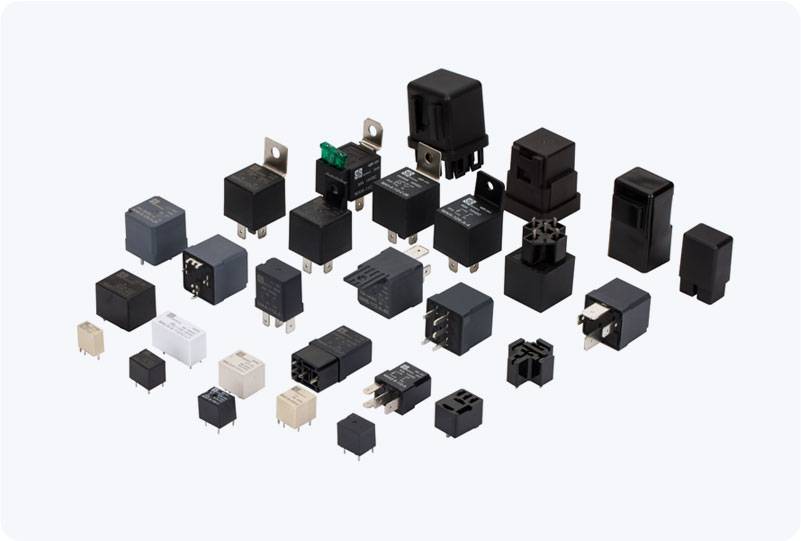In modern industrial and commercial settings, motors are essential components that power a wide range of machinery and systems. However, motors are susceptible to failures due to a variety of factors, including electrical overloads. This is where the motor overload relay (MOR) comes into play. A motor overload relay is a crucial safety device designed to protect electric motors from damage caused by excessive currents. By understanding the function, importance, and types of motor overload relays, engineers and technicians can ensure the reliable operation of motors and prevent costly damages or downtime.

What is a Motor Overload Relay? A motor overload relay is a protection device used to monitor the electrical current flowing through a motor. It is specifically designed to detect excessive current that can cause the motor to overheat, which can lead to motor failure or even permanent damage. The relay automatically disconnects the motor from the power supply when it detects an overload condition, thus preventing further harm. Overload relays are typically used in conjunction with a motor starter, which allows for both starting and stopping of the motor. How Does a Motor Overload Relay Work?
Leave a Reply